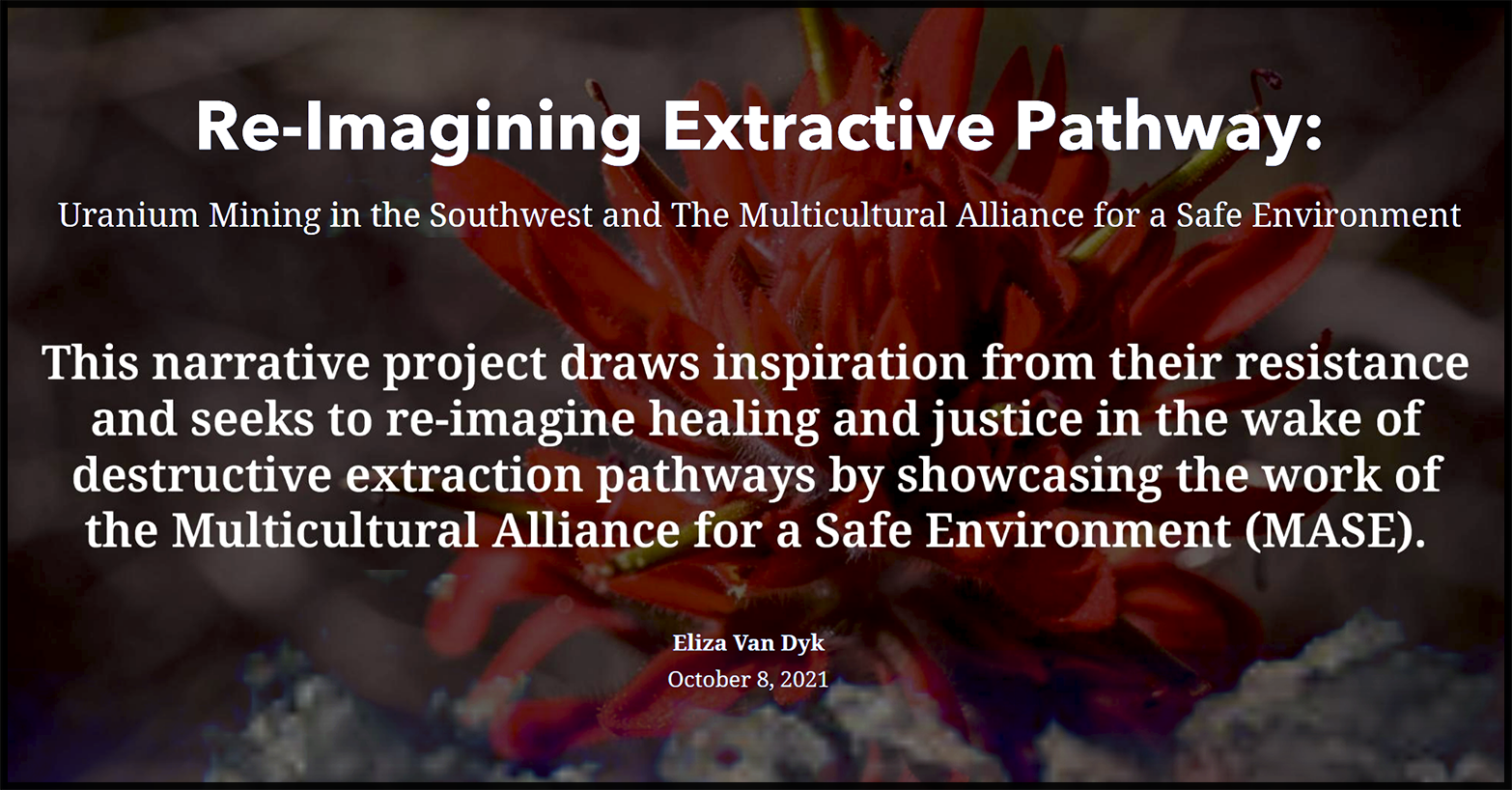Federal appeals court gives go ahead to uranium mining in Churchrock

The resumption of uranium mining in northwest New Mexico just got a little closer. A divided 10th U.S. Circuit Court of Appeals ruled last week that a 160 acre parcel of land owned by Hydro Resources, isn’t considered “Indian Country” under federal law, which would put it under the jurisdiction of the U.S. Environmental Protection Agency. Had the EPA prevailed in the case, the company would have had to go through a new permitting process with that agency under the Safe Drinking Water Act. As The Independent previously reported, the dispute over permitting jurisdiction has lasted for twenty years. HRI bought the property in 1970. It received its underground injection permit—which is necessary for the particular kind of mining it wants to do—from the New Mexico Environment Department in 1989. But the Navajo Nation disputed the jurisdiction of the NMED in 1996, making the case that the land was part of Indian Country and therefore subject to federal jurisdiction rather than the state. The EPA agreed with the Navajo Nation in 2007, saying because the land fell within the Navajo Churchrock Chapter, an overwhelmingly indigenous community, it was part of Indian country. The 10th Circuit Court also originally agreed. After the original court ruling last year, which was given by a three judge panel, the company asked for and received a review of the case by the entire 10th Circuit Court. That review resulted in the decision handed down last week. “This ruling enables us to immediately seek to renew the underground injection control (UIC) permit that we had been granted by the State of New Mexico in 1989,” noted Don Ewigleben, president of Uranium Resources, the parent company of HRI. “This is the last permit required for us to advance our in situ recovery uranium mining project on our Churchrock property where we hold 13.7 million pounds of in-place mineralized uranium material.” In situ leaching is a process by which chemicals are injected underground to dissolve uranium held in rock formations. The liquefied uranium is then pumped to the surface. Residents worry that after the uranium has been removed from the water it will be unsafe; supporters say they’re taking out all of the uranium—including an amount that’s already in the water, making it safer. The real problem is the possibility of contaminating clean groundwater, says Eric Jantz, an attorney with the New Mexico Environmental Law Center, which has represented residents of the area in opposition to new mining. “In its natural undisturbed state, uranium ore doesn’t go anywhere. You can sink a well 50 feet away [from a ribbon of ore] and still have good drinking water,” he said. “…Once those chemicals are injected and make contact, the chemical reaction allows the heavy metals to spread throughout a much larger portion of the aquifer.” Residents and activists are keenly aware of the history pollution and disease caused by conventional mining throughout the state from the 1950s to the mid-1980s. Abandoned mines with exposed piles of mine waste continuing to pose health risks through air-borne particles and groundwater contamination. Because of the ongoing issue of abandoned mines that haven’t been cleaned up and a legacy of illness caused by exposure in the mines, the Navajo Nation banned uranium mining of all types in 2005. “URI will continue to hold conversations with concerned stakeholders including members of the Navajo Nation, but the court’s decision allows us to move forward,” Ewigleben in a statement last week. The State of New Mexico is actively working to clean up the abandoned mines but is constrained in its efforts due to a lack of resources. Senators Jeff Bingaman and Tom Udall have sponsored federal legislation that would designate $21 million for cleaning up the contaminated sites. Those funds are currently designated strictly for coal mine reclamation. The proposal was approved by the Senate Energy and Natural Resources Committee this week. “New Mexico has more than 15,000 remaining mine openings with a vast majority of these being non-coal. Uranium mine reclamation is a particular priority in our state, but right now the state cannot tap into all of these federal funds to clean up abandoned uranium mines,” Bingaman, who chairs the Senate Energy Natural Resources Committee, said in a statement. “That doesn’t make sense.” “New Mexico has a long and often times tragic history with uranium mining and the health consequences associated with it,” Udall said in the same statement. “I am pleased this bill, which provides the state with new resources to clean up abandoned uranium mines across New Mexico and mitigate the potential public health hazards, is progressing through the Senate.” The bill is now ready to be considered by the full Senate.





